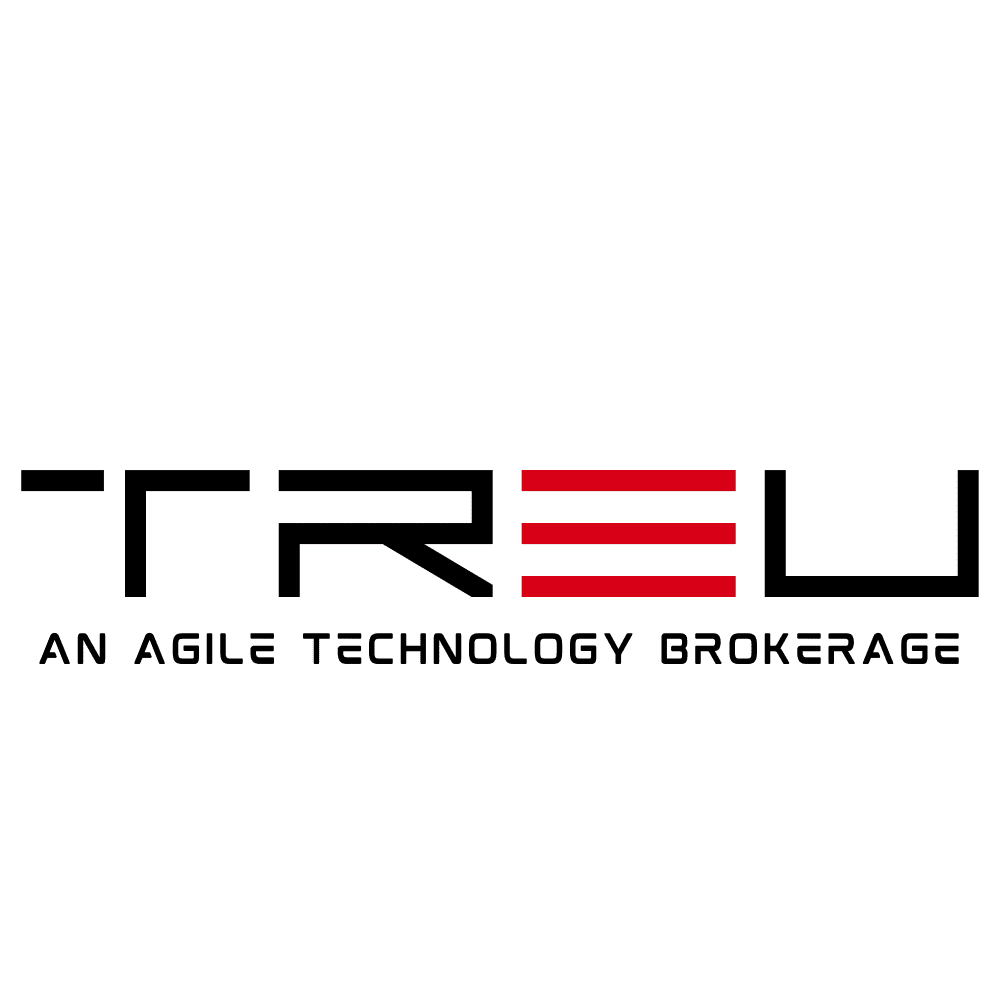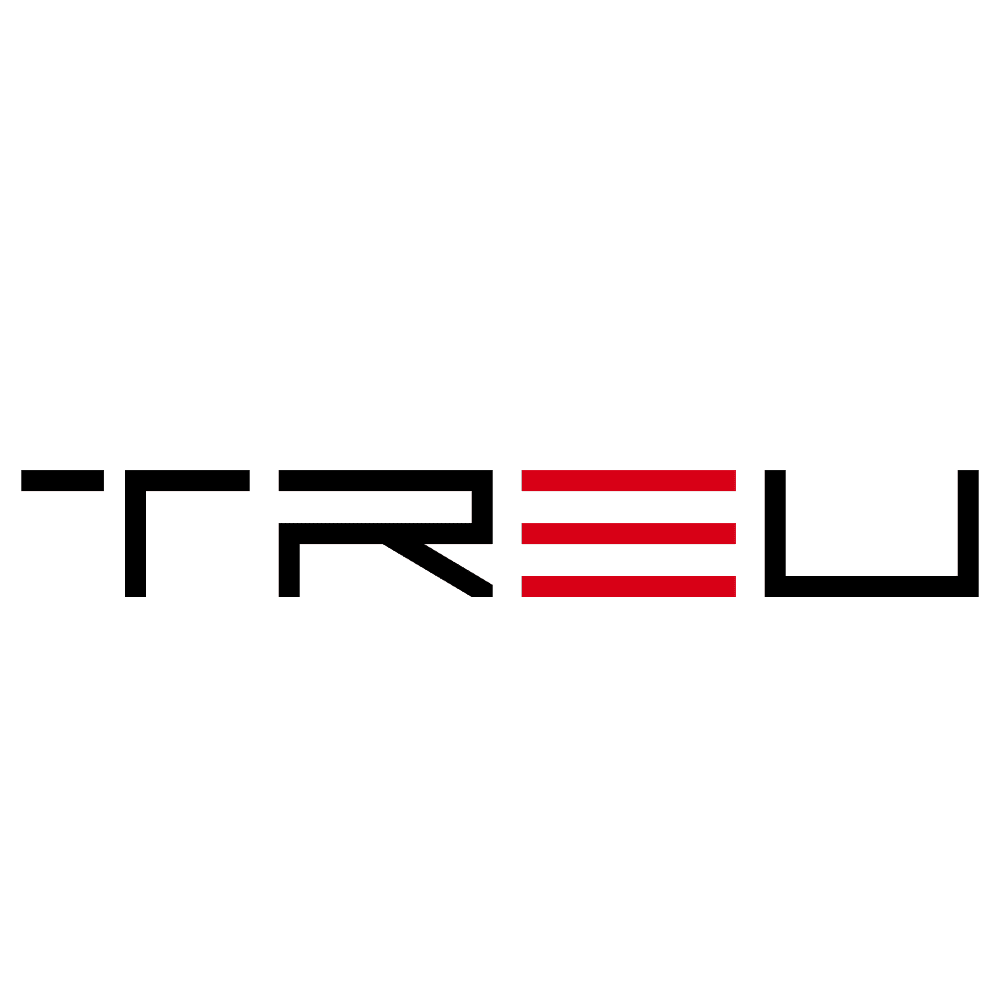Open Source Trends Shaping the Future of Tech Beyond 2025
The world of open source has been a driving force in technology innovation for decades. It empowers developers, drives collaboration, and creates ecosystems that spark transformative changes across industries. As we look beyond 2025, the future of open source is more promising and disruptive than ever. Let’s dive into the most prominent trends shaping the open source landscape and its enduring influence on technology.
The Growth of Open Source in the Age of AI
Open source has been a cornerstone of artificial intelligence (AI) advancements. Leading AI frameworks such as TensorFlow, PyTorch, and Hugging Face thrive because of the open collaboration and contributions from global communities. Beyond 2025, we can expect AI and open source to become increasingly intertwined.
Key shifts in AI-related open source trends include:
- Collaborative AI Development: As AI models grow increasingly complex, organizations of all sizes will rely on the transparency and collective innovation of open source to address challenges like bias, interpretability, and ethical deployment.
- Open AI Toolkits: Open source will continue to provide critical tools and libraries that accelerate machine learning and natural language processing innovations, making AI adoption more accessible to smaller enterprises and startups.
- Community Governance: To address the concerns of monopolization in AI development, the community is likely to push for governance frameworks that ensure equitable access to AI resources, fostering fairness and inclusivity.
Organizations leveraging the synergy between AI and open source are likely to lead the charge in creating groundbreaking innovations in both fields.
Security and Open Source: A Double-Edged Sword
As open source becomes ubiquitous in enterprise environments, its role in the security landscape becomes increasingly pivotal. Open source projects often lead the way in providing cutting-edge security software, but they are also frequent targets for vulnerabilities.
Emerging trends in security and open source:
- Automated Vulnerability Management: With the abundance of open source libraries in software ecosystems, automation will play a critical role in detecting and patching vulnerabilities faster than ever before.
- Supply Chain Security: Open source contributions have significantly blurred the boundaries between proprietary and community-driven software. Moving forward, supply chain security will focus on ensuring the integrity of dependencies and open source components.
- Decentralized Security Initiatives: Look out for blockchain-based open source projects that promise to secure data, storage, and identities across distributed networks.
The future of open source security will hinge on proactive governance models and the ability to build trust through collaborative problem-solving across the community.
The Rise of Open Source in Edge and IoT Ecosystems
As the Internet of Things (IoT) and edge computing continue to expand, open source is emerging as an essential enabler for the rapid development and deployment of lightweight, modular, and highly scalable solutions. Beyond 2025, open source will be the backbone of IoT innovation.
Key open source trends in edge computing and IoT:
- Real-Time Collaboration: Platforms like Kubernetes, originally designed for cloud-native applications, will evolve to optimize edge and IoT deployments, fostering better real-time collaboration between devices and central servers.
- Energy Efficiency: Open source projects dedicated to energy-saving algorithms and hardware optimization will dominate the IoT landscape, aligning development goals with global sustainability initiatives.
- Hardware Adaptability: Open source initiatives will focus more on flexible integrations that enable seamless hardware compatibility within IoT ecosystems—speeding up innovation cycles dramatically.
Expect open source to serve as the foundation for IoT ecosystems that prioritize scalability, security, and environmental stewardship.
DevSecOps and the Democratization of Open Source Contributions
Another major trend shaping the open source future is the growth of DevSecOps—the practice of integrating security practices into the DevOps workflow. Open source will drive this growing discipline by providing tools, frameworks, and lessons learned by the global developer community.
Notable trends in DevSecOps and contribution democratization:
- Security-by-Design in Code Repositories: By 2025, the industry is expected to shift towards platforms that natively incorporate security measures, such as GitHub’s CodeQL and fuzz testing for open source projects.
- Increased Diversity in Contributions: As more people from different parts of the globe engage with open source, the contributions will reflect a wider range of experiences, ideologies, and innovative approaches.
- Automation and Testing Enhancements: Open source tools like Selenium and Jenkins will continue refining automated testing and implementation strategies, ensuring quicker turnarounds from development to production with fewer errors.
Beyond 2025, the open source world will see a stronger emphasis on fostering inclusivity while nurturing a culture of collective problem-solving, particularly in DevSecOps environments.
Monetization Models and the Future of Open Source Businesses
One of the perennial questions surrounding open source is “How do companies profit from free software?” Over time, several monetization models have emerged, and these strategies are evolving as we move beyond 2025. Today, many organizations are leveraging open source as a business enabler rather than treating it as just a philanthropic effort.
Monetization models expected to dominate beyond 2025 include:
- Open Core Models: Companies will continue providing core software open source while monetizing advanced features, enterprise-grade support, and custom implementations.
- Subscription-Based Services: SaaS platforms based on open source frameworks will become increasingly popular as they blend the flexibility of open source with the convenience of managed services.
- Influence and Ecosystem Control: Businesses may release open source projects to grow their market influence, then offer consulting or API integrations to generate revenue.
This shift represents the maturing of the open source ecosystem into a sustainable, profitable, and self-perpetuating business model.
Open Source and Sustainable Development Goals
In addition to technical innovation, open source is becoming synonymous with driving meaningful change in global sustainability. Beyond 2025, initiatives that align open source innovations with UN Sustainable Development Goals (SDGs) will take center stage.
Sustainability-driven open source applications to watch:
- Climate Modeling and Environmental Data: Open source platforms like OpenClimate are already helping scientists analyze climate data; expect these projects to flourish in the battle against climate change.
- Software for Developing Nations: Open source solutions designed to address education, healthcare, and basic infrastructure in underserved regions will expand, as they often require minimal cost to deploy.
- Energy Optimization Projects: Lightweight, energy-efficient codebases will emerge to tackle energy waste in sectors like IoT and cloud computing.
By aligning technological growth with environmental responsibility, the open source movement will contribute to a more sustainable future.
Conclusion
The trends emerging in the open source world illustrate just how vital this philosophy has become to innovation. From driving breakthroughs in AI and edge computing to securing software supply chains and enhancing IoT ecosystems, open source continues to shape the evolution of technology. Beyond 2025, we are likely to witness an even greater convergence of collaboration, transparency, and innovation as open source plays an indispensable role in solving some of the world’s greatest challenges—with developers and organizations spearheading the movement.
As the open source ecosystem grows and evolves, one thing is certain: its impact on technology and society will only deepen, ensuring a future that is both innovative and inclusive. Stay tuned, because the open source revolution is far from over.
How are you leveraging opensource models across your IT Estate?

